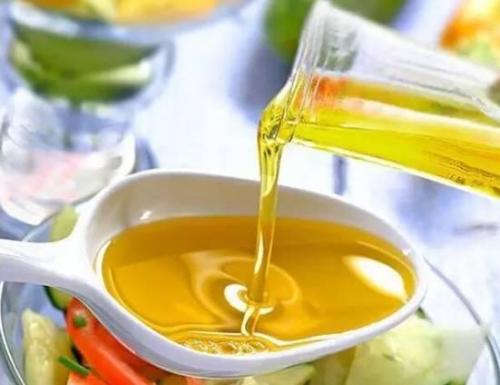Why is degumming first in the oil refining process?
Impurities such as phospholipids, protein, mucilage and glycosyl diglycerides contained in crude oil are called peptic impurities because they form a sol system with oils. The existence of these peptic impurities not only reduces the use value and storage stability of the oil, but also has a series of undesirable effects in the refining and processing of the oil, resulting in the final decline in the quality of the finished oil. For example, the gum causes excessive emulsification during alkali refining, which makes the oil and soap unable to separate well. That is, the neutral oil entrained by the soap angle increases, which leads to an increase in refining consumption. At the same time, it increases the soap content in the oil and increases the number of washings and washings. When decolorizing, the gum will cover part of the active surface of the decolorizing agent, which will reduce the decolorization efficiency; when the temperature is higher during deodorization, the gum will be carbonized and increase the color of the grease; during hydrogenation, the hydrogenation rate will be reduced. Therefore, the oil refining process is generally degummed first.
The process of removing peptic impurities in crude oil is called degumming. Because the peptic impurities in crude oil are mainly phospholipids, degumming is often referred to as dephosphorization in industrial production. Remove peptic impurities before alkali refining, which can reduce the loss of neutral oil, speed up the quality of refined oil, save the amount of alkali used, and obtain a valuable by-product-phospholipid.

What are the methods of degumming in the oil refining process?
There are many degumming methods, such as hydration degumming, acid refining degumming, adsorption degumming, thermal polymerization degumming and chemical reagent degumming. The common applications in the oil industry are hydration degumming and acid refining degumming. For crude oil that contains a lot of phospholipids or hopes that phospholipids are extracted as by-products, hydration degumming is usually performed before deacidification. To achieve higher degumming requirements, acid degumming may be required, mainly using weak acids such as phosphoric acid and citric acid, while sulfuric acid is rarely used for degumming edible oils. Generally, the oil obtained by acid degumming has a deep role, and some of the phospholipids are deteriorated and cannot be used as raw materials for preparing edible phospholipids.
Copyright © Henan Zhongxing Grain And Oil Machinery Co.,Ltd. All Rights Reserved. Powered by MetInfo